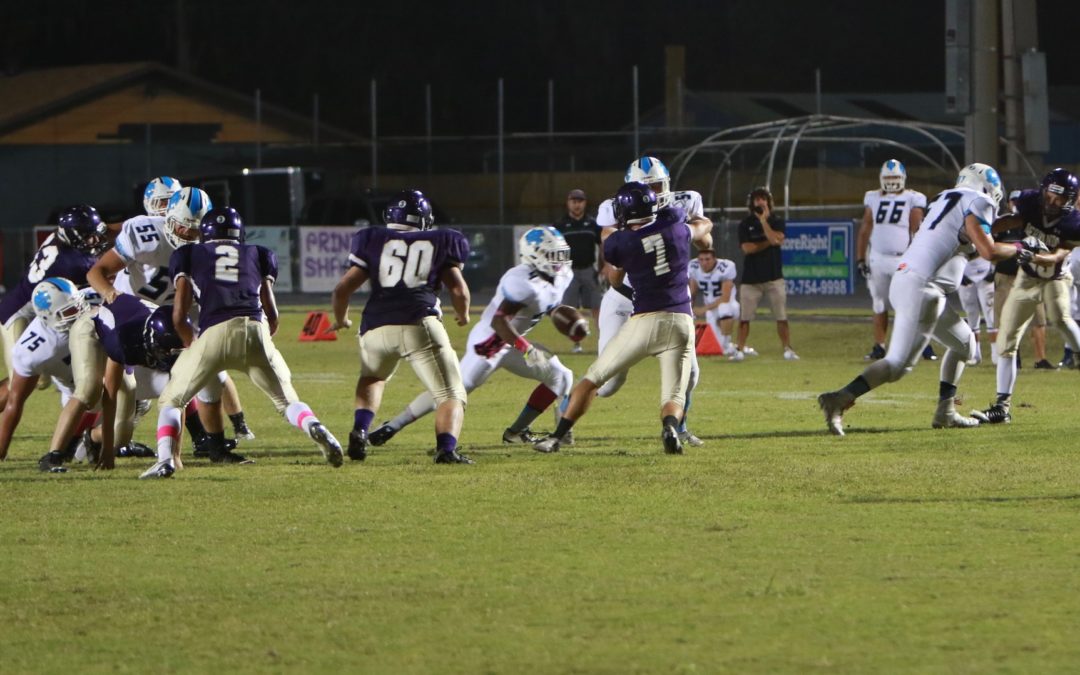Association between Preseason/Regular Season Head Impact Exposure and Concussion Incidence in NCAA Football
Stemper BD, Harezlak J, Shah AS, Rowson S, Mihalik JP, Riggen L, Duma S, Pasquina P, Broglio SP, McAllister TW, McCrea MA; CARE Consortium Investigators. Med Sci Sports Exerc. 2022 Jun 1;54(6):912-922. doi: 10.1249/MSS.0000000000002874. Epub 2022 Jan 25. PMID: 35081093.
Take-Home Message
Patients who sustain a large number and magnitude of head impacts during the preseason are more likely to sustain a concussion over the entire season. However, it remains unclear if preseason head impact exposure relates to future concussions.
Background
A concussion may occur after a period with greater head impact exposures – based on the number and magnitude of impacts. However, it remains unclear if head impact exposure could have a prolonged effect on the susceptibility to a concussion.
Study Goals
To determine if there is an association between preseason and regular season head impact exposure and incidence of concussion in NCAA Division I football players.
Methods
The authors assessed football athletes from six Division I NCAA programs over five years. They categorized the timing of head impact exposure and concussions as preseason or regular season. They recorded head impacts above 10g using in-helmet sensors and used a published calculation to weight the number and magnitude of hits. Team medical staff identified and diagnosed concussions according to a standardized protocol as part of the CARE Consortium.
Results
Overall, almost half of the concussions occurred during the preseason. The authors found that a higher head impact exposure during preseason correlated to total season concussion incidence. The authors also found a moderate correlation between the number of head impacts a player sustained in the preseason and the number of hits they sustained in the regular season. However, they found no relationship between preseason head impact exposure and regular season concussions.
Viewpoints
The authors demonstrated that both the number and severity of head impacts that athletes sustain during the preseason correlate to sustaining a concussion over the whole season. This relationship is tricky to interpret because half of the concussions occurred during the preseason. Hence, some of this relationship could simply be suggesting that a person with more head impacts has more opportunities to have a concussion. The authors failed to find that preseason head impact exposures predicted a concussion during the regular season. Unfortunately, we cannot determine if preseason head impact exposures are truly unrelated to future concussions or if the study wasn’t large enough to detect a clinically meaningful relationship because they only encountered 36 regular season concussions. Hence, it is challenging to say that head impact exposures could have a prolonged effect.
Clinical Implications
Reducing the number and severity of head impacts during the preseason and regular season may reduce how many patients sustain concussions. Clinicians should acknowledge that it remains unclear whether head impact exposures during preseason could increase the risk of a concussion during the regular season.
Questions for Discussion
How much reduction in head impact exposure is necessary to significantly reduce concussion incidence? Why do you think preseason head impact exposure is related to the total season rate but not the regular season?
Related Posts
It’s Not the Number of Head Impacts but the Intensity
Think About Tomorrow Between Those Head Impacts
Written by Mitchell Barnhart
Reviewed by Jeffrey Driban


